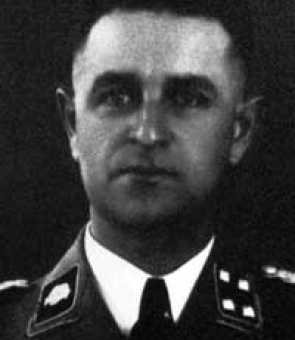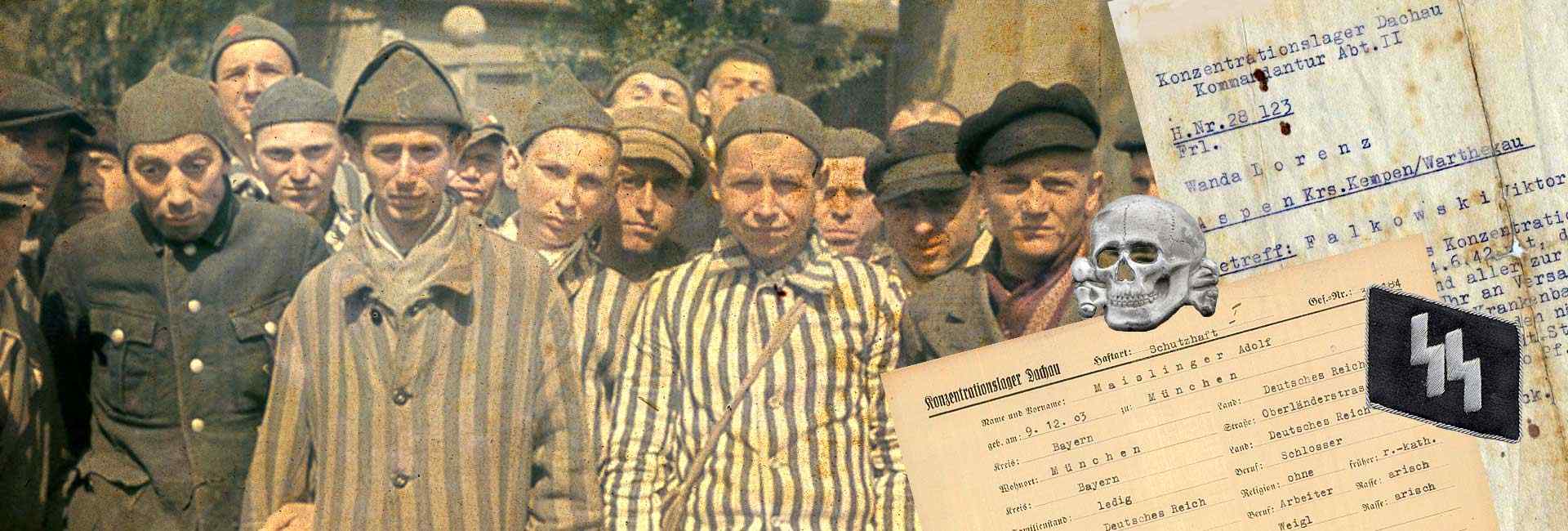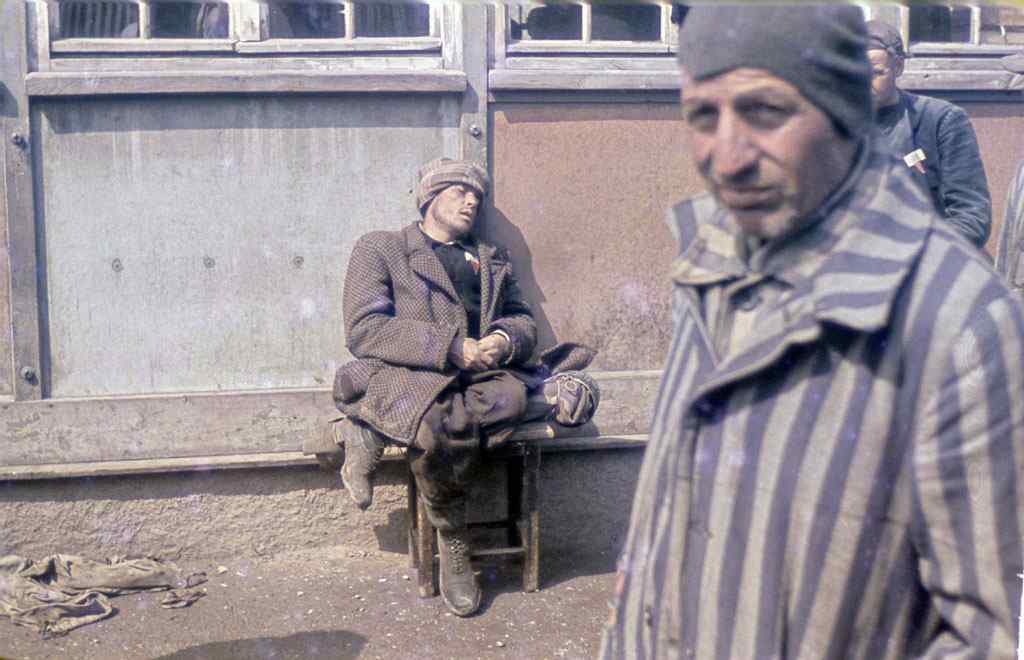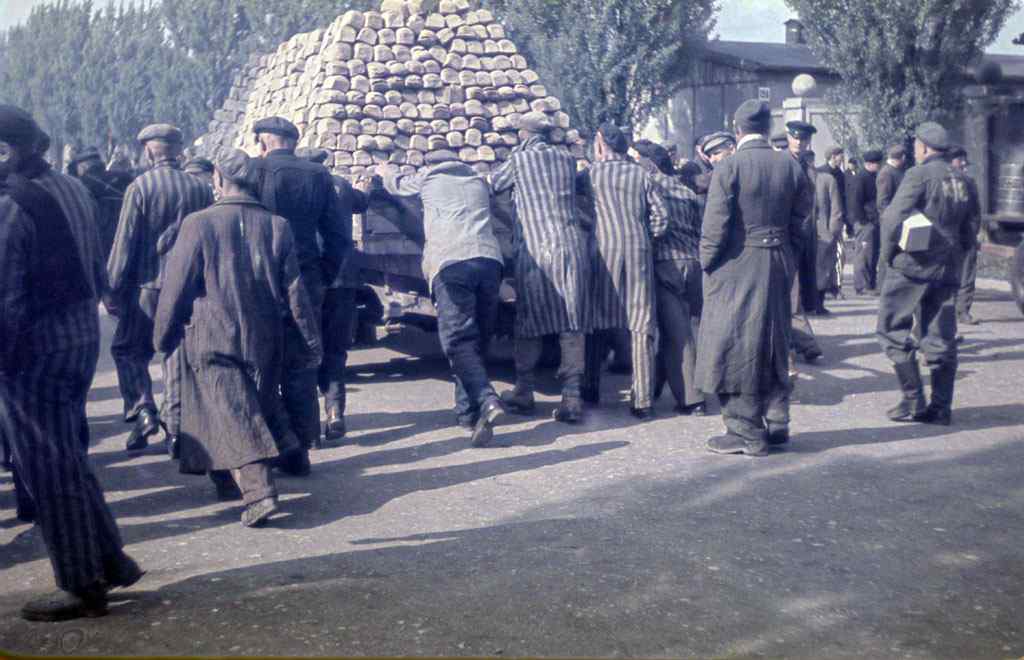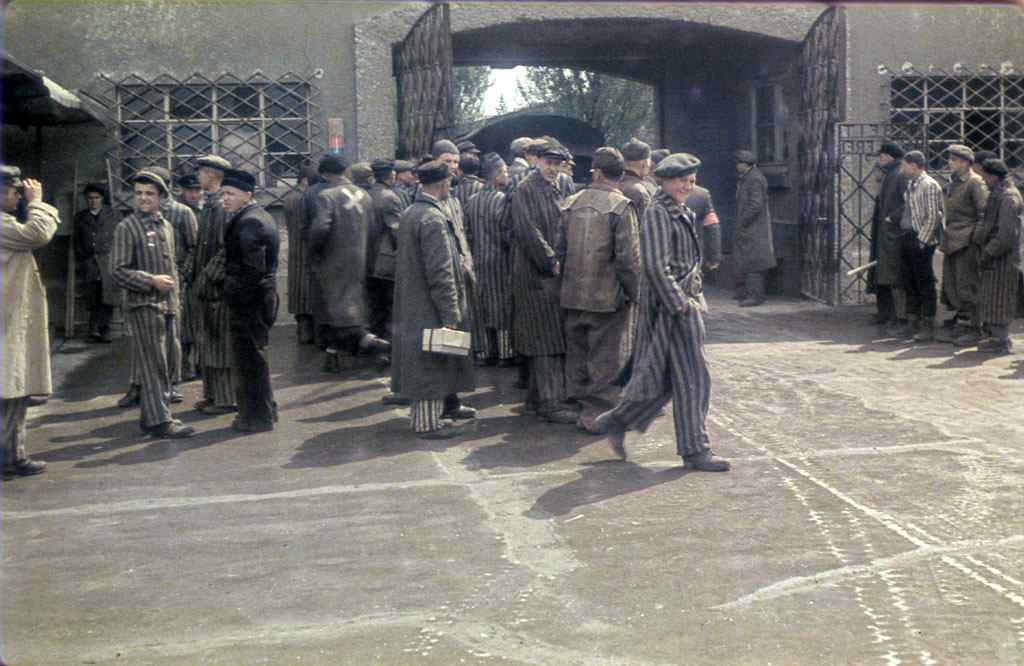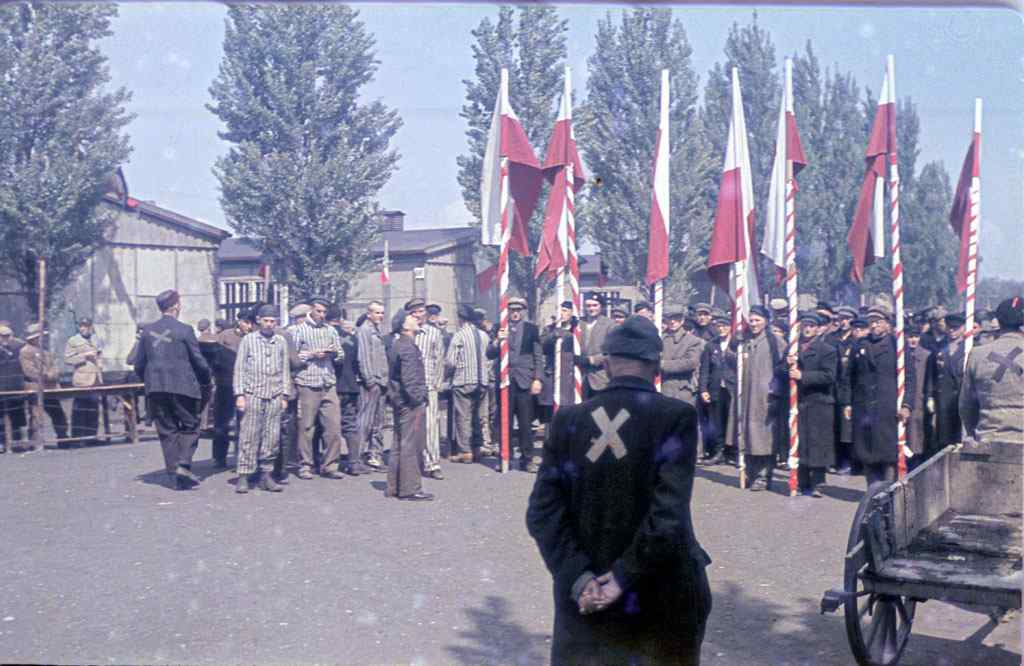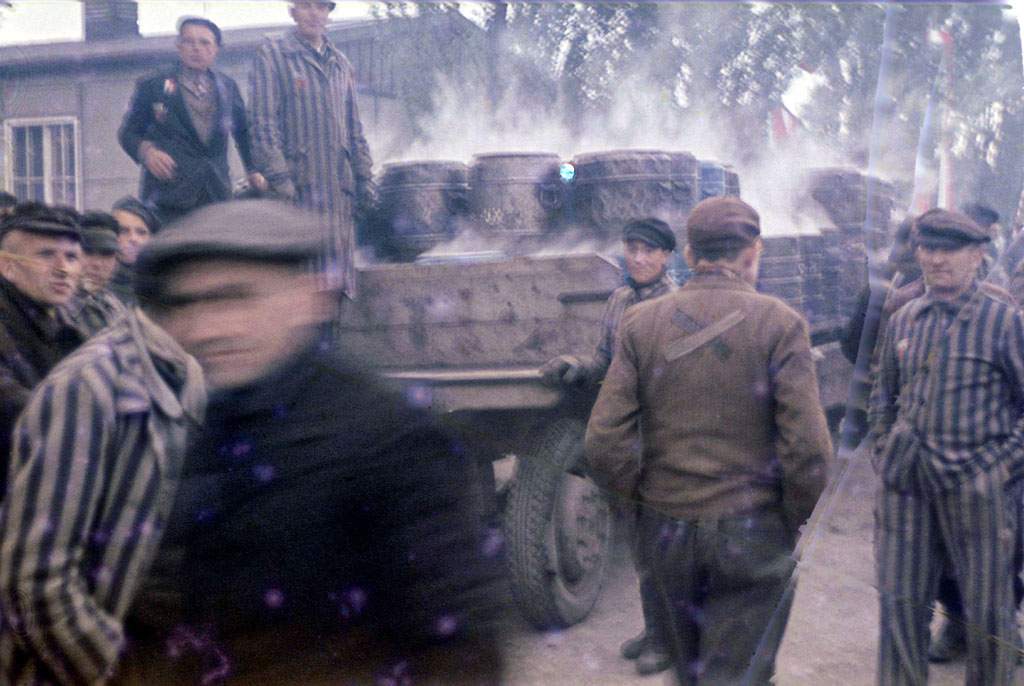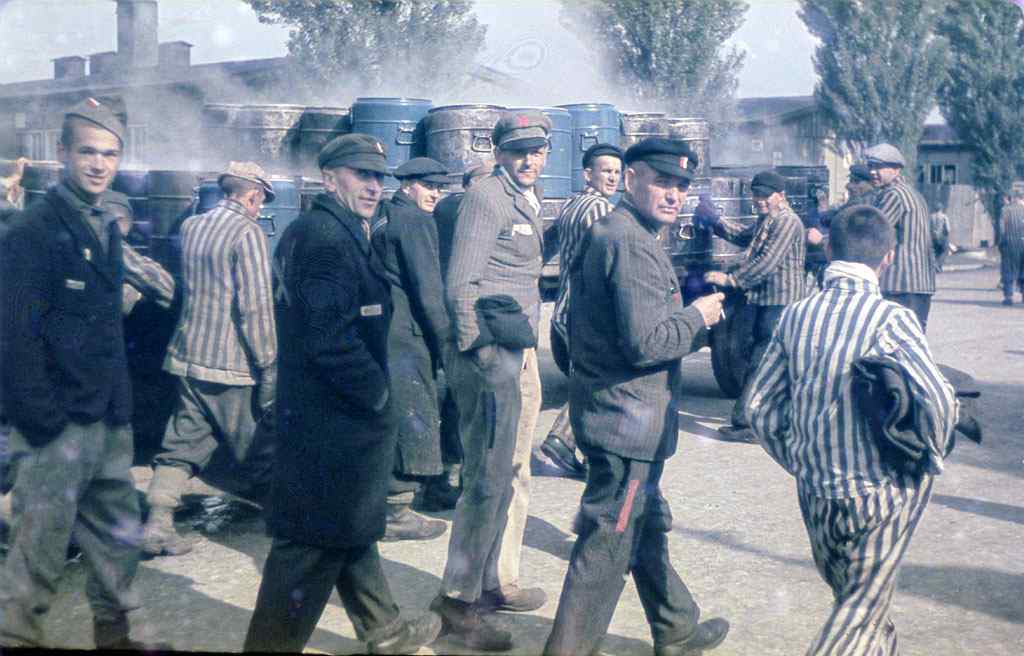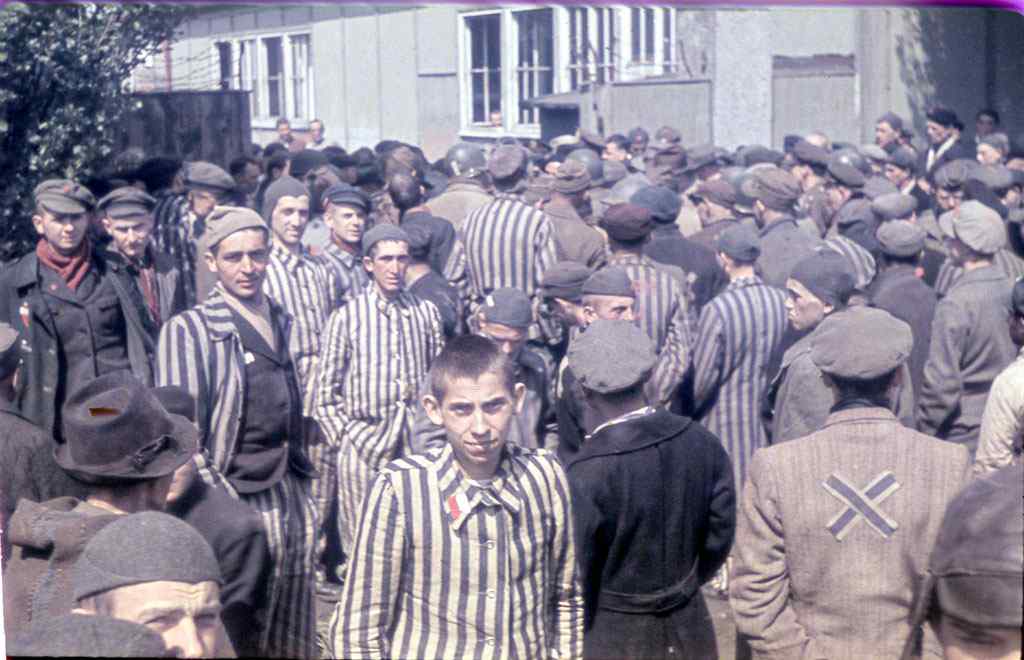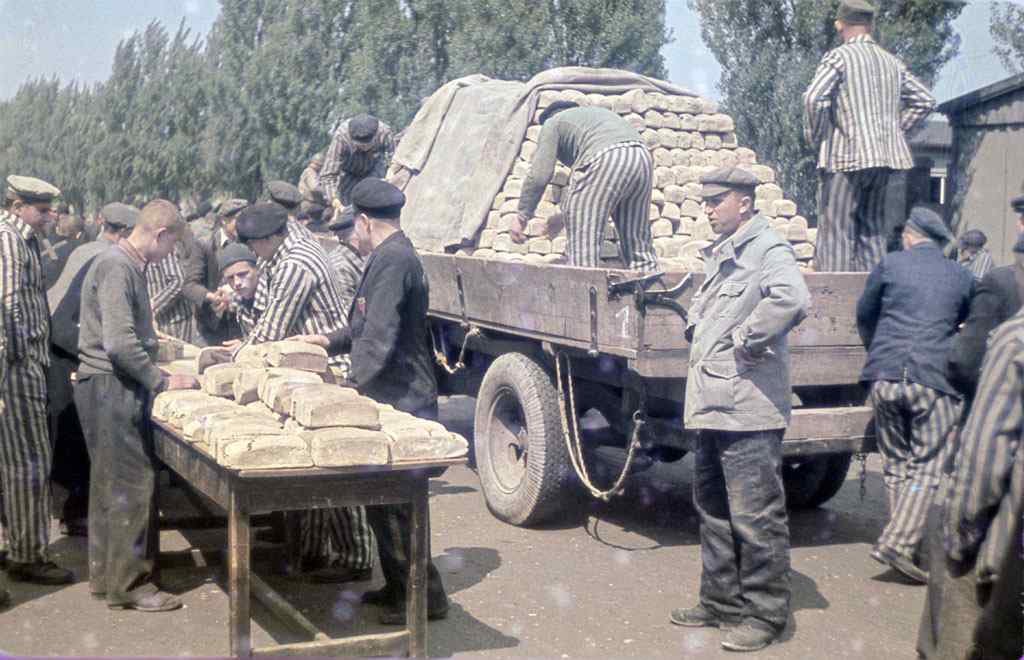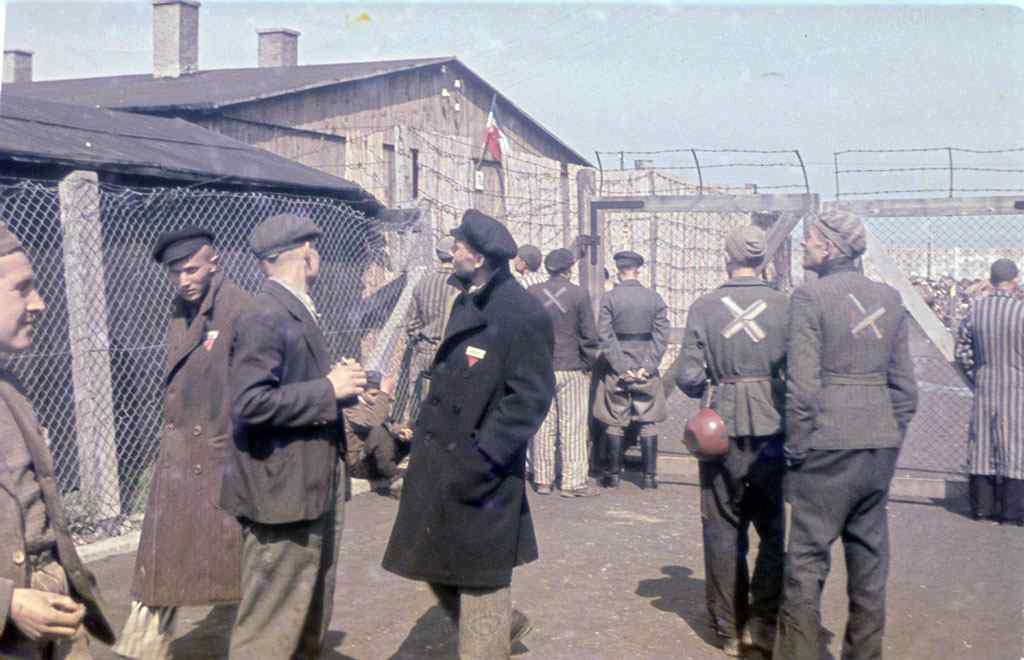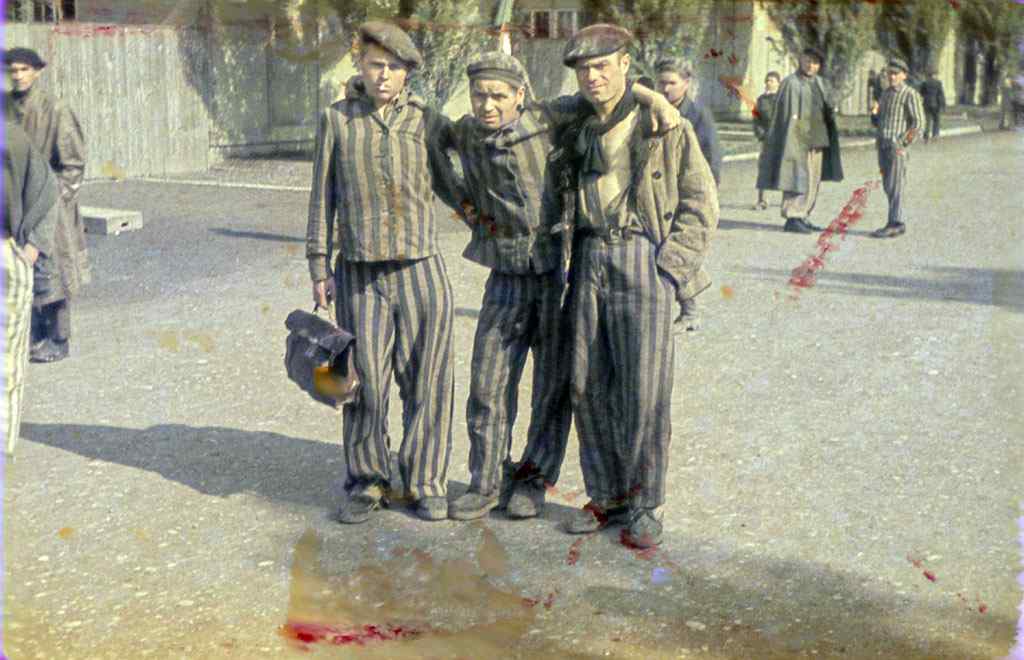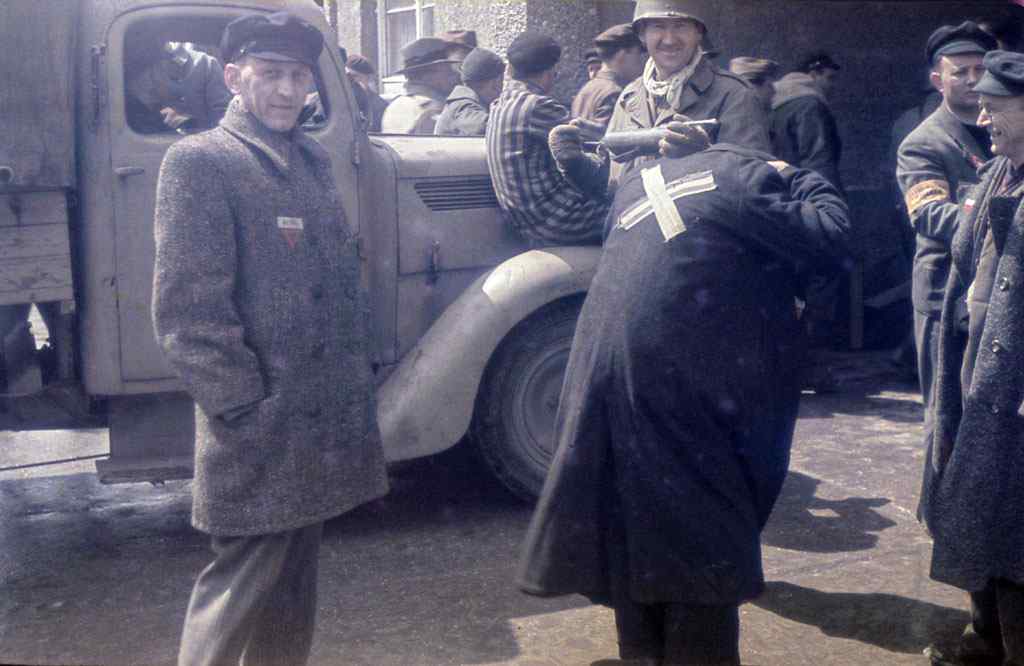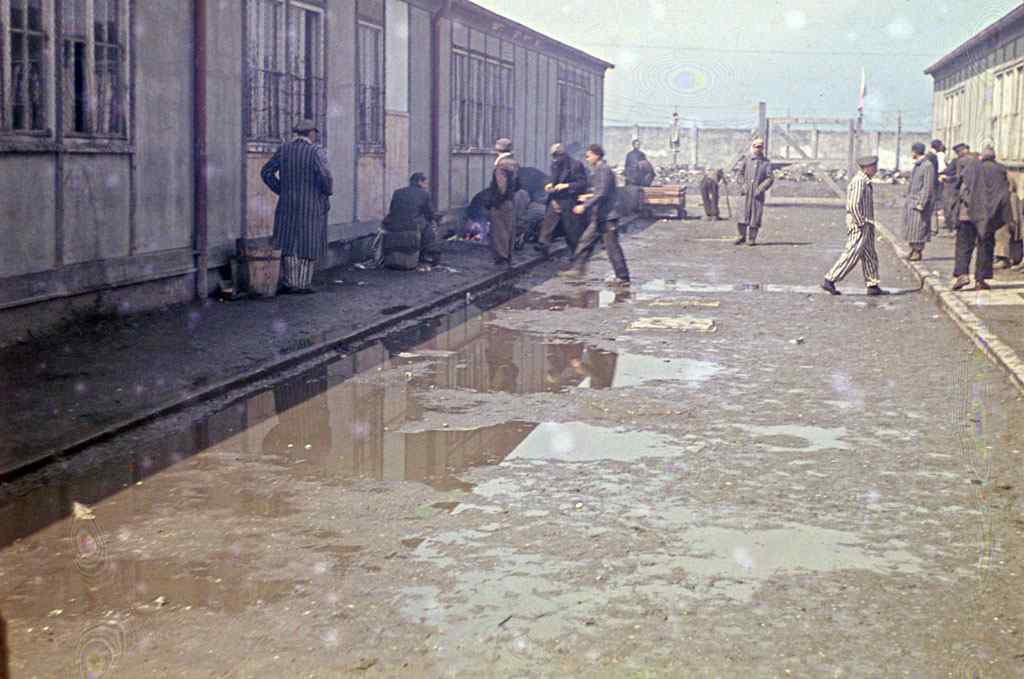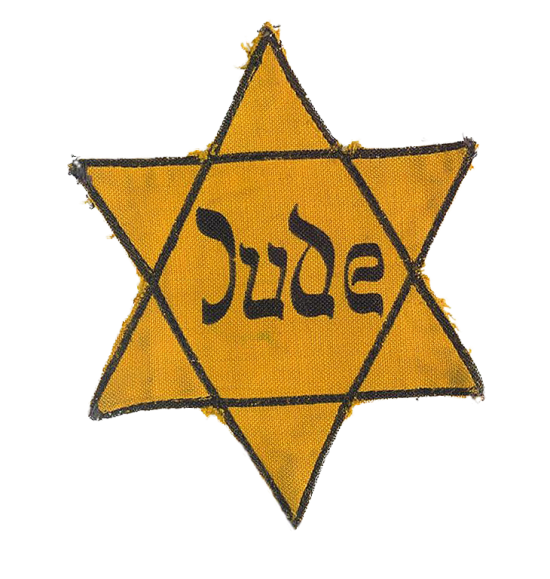
Dachau concentration camp was the first large scale SS concentration camp in Nazi Germany. It was located to the east of the southern German city of Dachau, about 20 km northwest of Munich. It was in use from March 22, 1933 until liberation by American forces on April 29, 1945. The concentration camp was founded by Reichsführer Heinrich Himmler, leader of the SS and police chief of Munich, on the site of a former ammunition factory. It was the only camp in continuous use during the Nazis' 12 year rule. It developed as a prototype for new concentration camps and took several special positions.
"For evil to flourish, it only requires good men to do nothing".
Simon Wiesenthal
History, definition and facts about Dachau
After Operation Hummingbird (The Night of the Long Knives or Nacht der langen Messer, or Röhm Purge) from June 30 to July 2 1934, in which the leaders of the SA were liquidated, Henrich Himmler enlarged the concentration camp by building a new prison, adjacent to the former munitions factory. The organization and spatial structure later served as an example for the construction of new concentration camps. The Nazi regime presented it as an exemplary camp and as a deterrent to political dissenters. Dachau was a training ground for SS guards and SS leaders who were later deployed in the extermination camps.
After the annexation of Austria by the Third Reich on March 12, 1938, from the summer of 1938 the Austrian Jews were deported to Dachau. On 1st October 1938 Hitler invaded Sudetenland; the border area between Germany and the Czech Republic. Here too the Jews, as well as resistance fighters and communists, were arrested and taken to Dachau. This would continue in every country that the Germans annexed, occupied or conquered in the following years. Many hundreds of Dutch people were imprisoned in Dachau, mostly from the Jewish community or the communist resistance. As effect of 5 October 1942, all Jewish prisoners were deported to Auschwitz in occupied Poland by order of Himmler.
More political prisoners were murdered in Dachau than in any other camp. Of the approximately 180.000 people who were imprisoned, at least 41.500 died. 1.935 non Jewish Dutch men and 200 non Jewish Dutch women were imprisoned. It isn't exactly know how many Jewish Dutch people spent time in Dachau as a transit camp, because of transports and death marches back to Dachau in March and April 1945.
Prisoner transports from other concentration camps arrived in Dachau in the days leading up to the liberation. Most people were in a dire state of exhaustion and malnutrition. On April 26 1945, a notorious death march started from Dachau. In groups of approximately 7.000 prisoners were taken from the main camp. On the way many were shot by the SS and countless prisoners died of malnutrition, cold or exhaustion.
The last Lagerälteste, Oskar Müller, a later minister in Hesse, feared a mass murder of the remaining prisoners. He sent two prisoners to contact the Americans, requesting that the camp be liberated. Troops from the US 45th Infantry Division reached the camp on April 29, 1945. They encountered a freight train from Buchenwald. Two thousand corpses lay in the open wagons. At the crematorium inside the camp the soldiers found another 3.000 bodies.
The soldiers were so appaled by what they found in Dachau that they disobeyed the laws of war and summary executed the camp guards who remained behind. The remaining 32.000 prisoners were freed by the Americans.
Original video footage
Camp nickname:
Arbeit macht frei
The camp specifications
March 22, 1933 - April 29, 1945
± 188.000
41.500
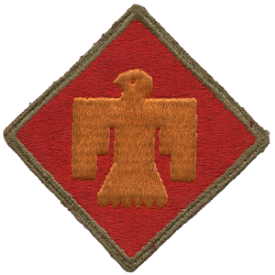
US 45th Infantry Division
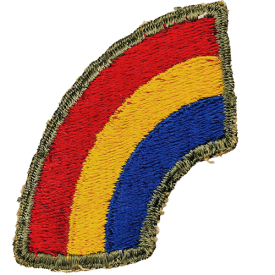
US 42nd Infantry Division
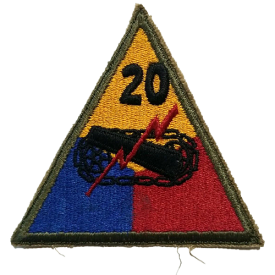
US 20th Armored Division
Liberated on: April 29 1945
"None of us who entered the camp had any warning what so ever of what we were about to see".
Camp commmanders
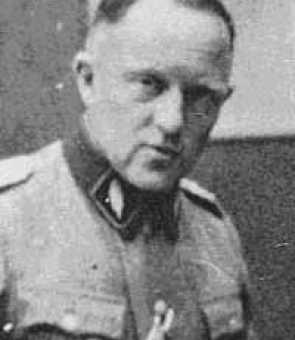
Hilmar Wäckerle
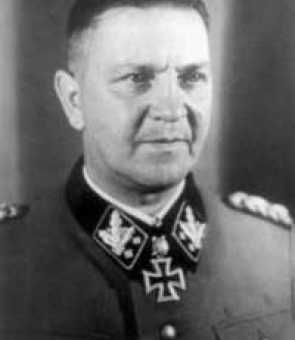
Theodor Eicke
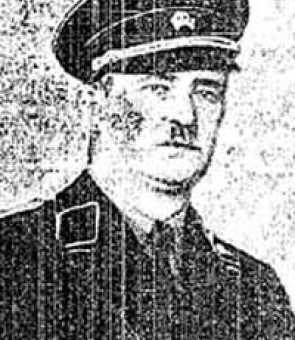
Alexander Reiner
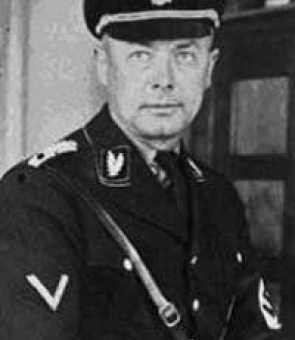
Berthold Maack
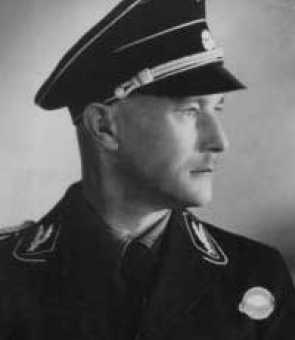
Heinrich Deubel
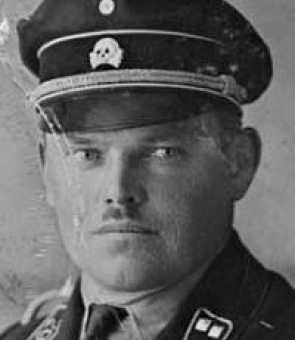
Hans Loritz
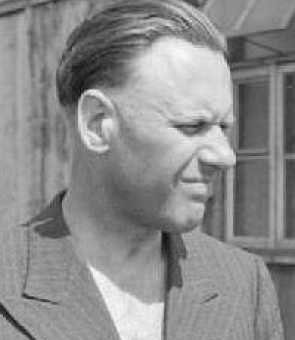
Alexander Piorkowski
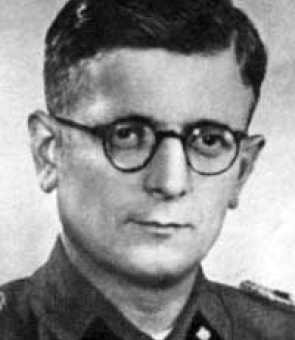
Martin Weiß
